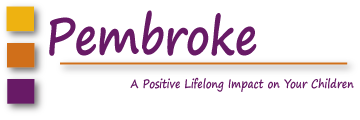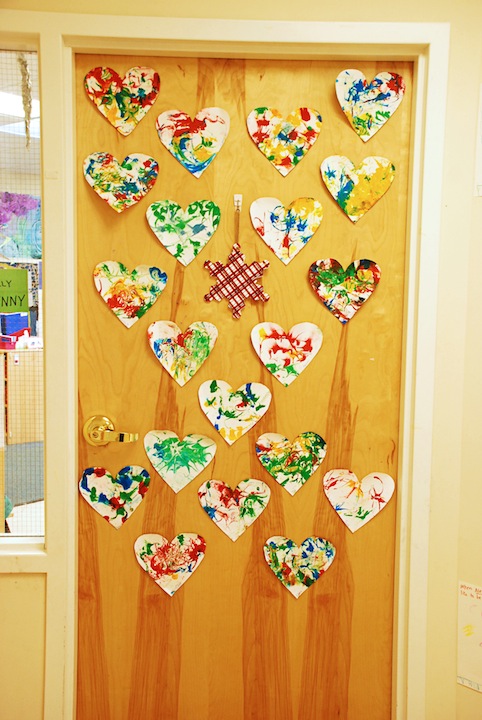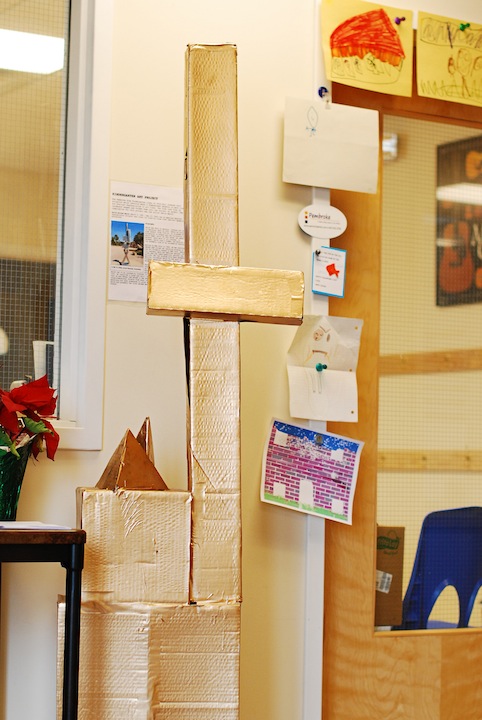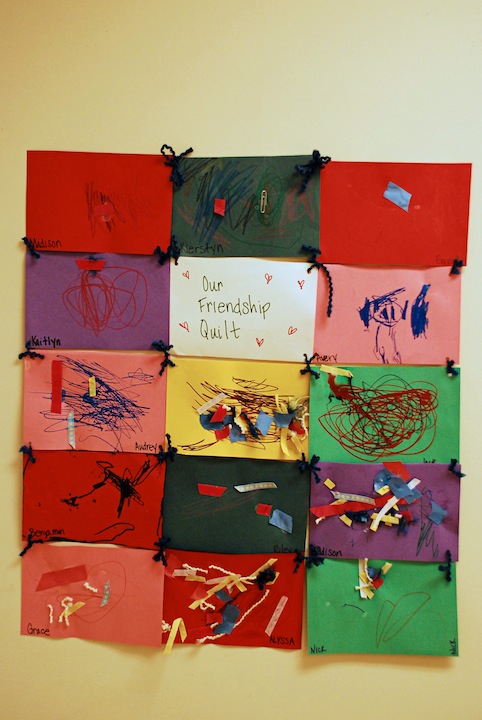A child becomes totally engrossed, immersed in the process of making a work of art. The sensation of feeling the smooth thick paint sliding onto the easel paper calms the child and brings pleasure in the creation. When the child grapples with the challenge of representing an object or person on the page, she is engaging in a task that is both demanding and satisfying.
Teachers provide an assortment of art materials that children may choose from to make their own unique creations. We do not have the children copy a teacher’s model or make a designated product. We encourage them to use the materials in different ways. Art is a vital and vibrant part of the early childhood program, contributing to all aspects of the young child’s development.
As they draw, paint, and sculpt, children think creatively, make decisions, and solve problems. Children’s fine motor skills are developed naturally through manipulation of brushes, crayons, scissors, and clay. All of these activities prepare children for writing in later years. Language also is developed as kids talk about color, shape, and size, and as they describe their work to friends and teachers.
To encourage your child’s artistic enterprises, provide large blank paper (the ends of newsprint rolls can be purchased at a nominal cost from your local newspaper, or you can recycle paper by letting your child use the back of office paper), watercolors, markers, or chalk for use at home. Art supplies also make great gifts!
Value your child’s efforts and expose him or her to quality artwork through visits to museums and art shows. Recognize that young children learn in a variety of ways and that creative activities provide positive, satisfying experiences for all children.





Leave A Comment